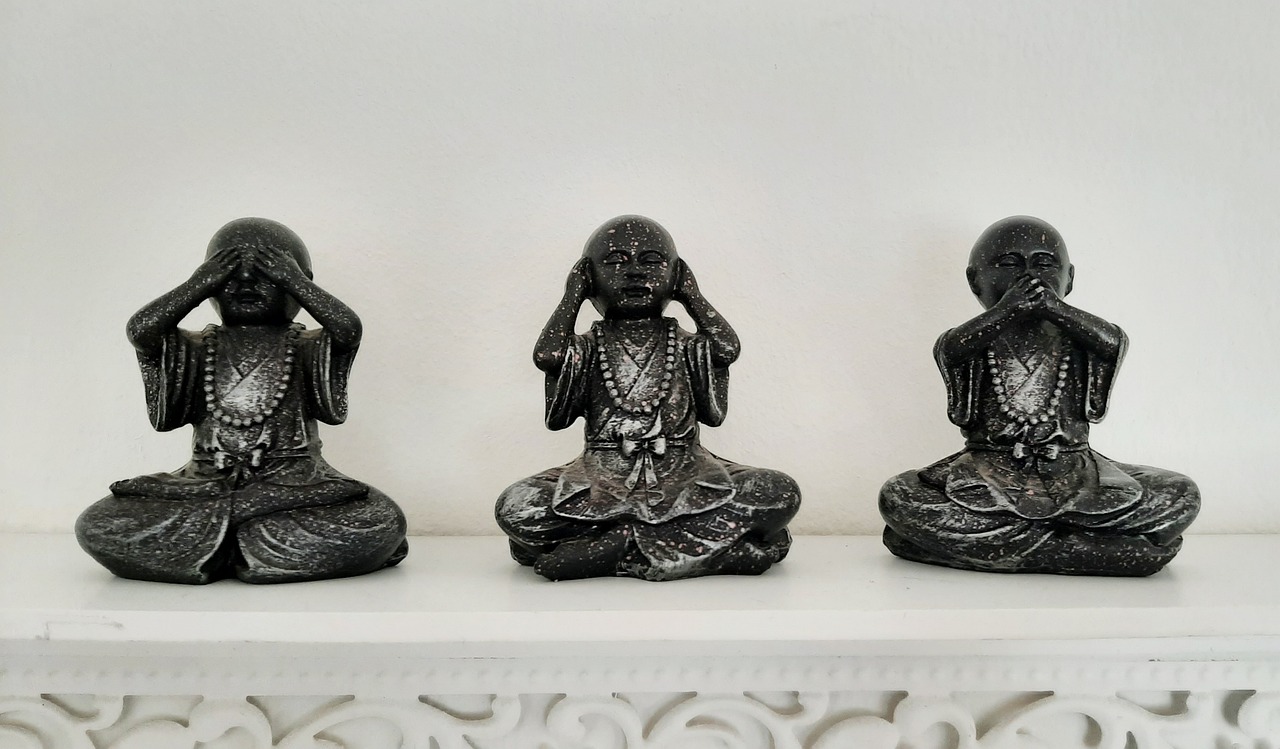Contents
Introduction
In the sophisticated sphere of interior design, stones – both natural and manufactured – hold a venerable place with their finesse, strength, versatility, and textured charm. The interplay of this venerable material in various aspects of design consistently offers an unmatched cornerstone of aesthetic opulence and pragmatic durability. Whether you are contemplating a minimalist modern design or a luxuriant classic style, the architecture and interior design industry’s timeless stone has unique virtues to offer. This article will delve into practical tips and tricks on using stone in design, helping you explore this enduring material’s many facets.
The Choice of Stone
The first step when incorporating stone into your design lies in choosing the right type of stone. The most popular options include granite, marble, limestone, and slate, each lending a unique character to your design. Granite and marble bring grandeur and luxury, while limestone and slate offer a more subtle elegance. Your selection ought to be influenced not just by aesthetic considerations but also by factors such as durability, maintenance needs, cost, and the space’s functional purposes.
Coordination with Color Themes
Once you have selected the stone type, you need to coordinate it with your color scheme. Light-colored stones like white marble or sandstone can lend an airy feel and help accentuate space, making them perfect for smaller rooms. On the other hand, darker stones can lend an element of drama and sophistication. Coordinating stone colors with other elements like paint, furniture, and décor pieces is crucial to achieving a harmonious look.
Textures and Patterns
Working with stone allows one to experiment with textures and patterns. Stone surfaces can be polished for a sleek, modern look, or left rough and rustic for a more traditional, old-world charm. The beauty of stones also lies in the uniqueness of their patterns. Each stone has distinctive veining and speckles, adding an element of exclusivity to your design.
Stone Placement
Stone can be implemented in various locations, each with an individual effect on the overall design. For example, stone walls create an impressive focal point in any room, while stone countertops in the kitchen offer both beauty and resilience. Stone flooring adds an elegant touch, and stone accents – such as a fireplace or a statement wall – lend character and depth to a room’s aesthetic.
Fusing with Other Materials
Stone makes a delightful duet when fused with other materials. Combining stone with glass can render a stylish and contemporary feel, while pairing it with wood can evoke a sense of warmth and natural beauty. The trick is to balance the strong, rugged aesthetic of the stone with the contrasting texture and feel of the other materials.
Maintenance Tips
While stone is generally resistant to wear and tear, proper maintenance can extend its longevity and keep it looking pristine. Sealing surfaces can protect against stains and damage. Regular cleaning using stone-friendly products also goes a long way in preserving the stone’s charm.
Conclusion
Today’s vast world of interior design cherishes stone for its unspoiled beauty, durability, and versatility. Implementing stone in design is indeed an investment in enduring elegance, provided we know how to choose, pair, and take care of it. With the tips and tricks delineated above, you will be well-equipped to harness the aesthetic potential of stones to accentuate any design style or concept. Regardless of trends that come and go, stone remains a lasting testament to design’s ever-evolving dance between the illustrious old and the inspirational new.




